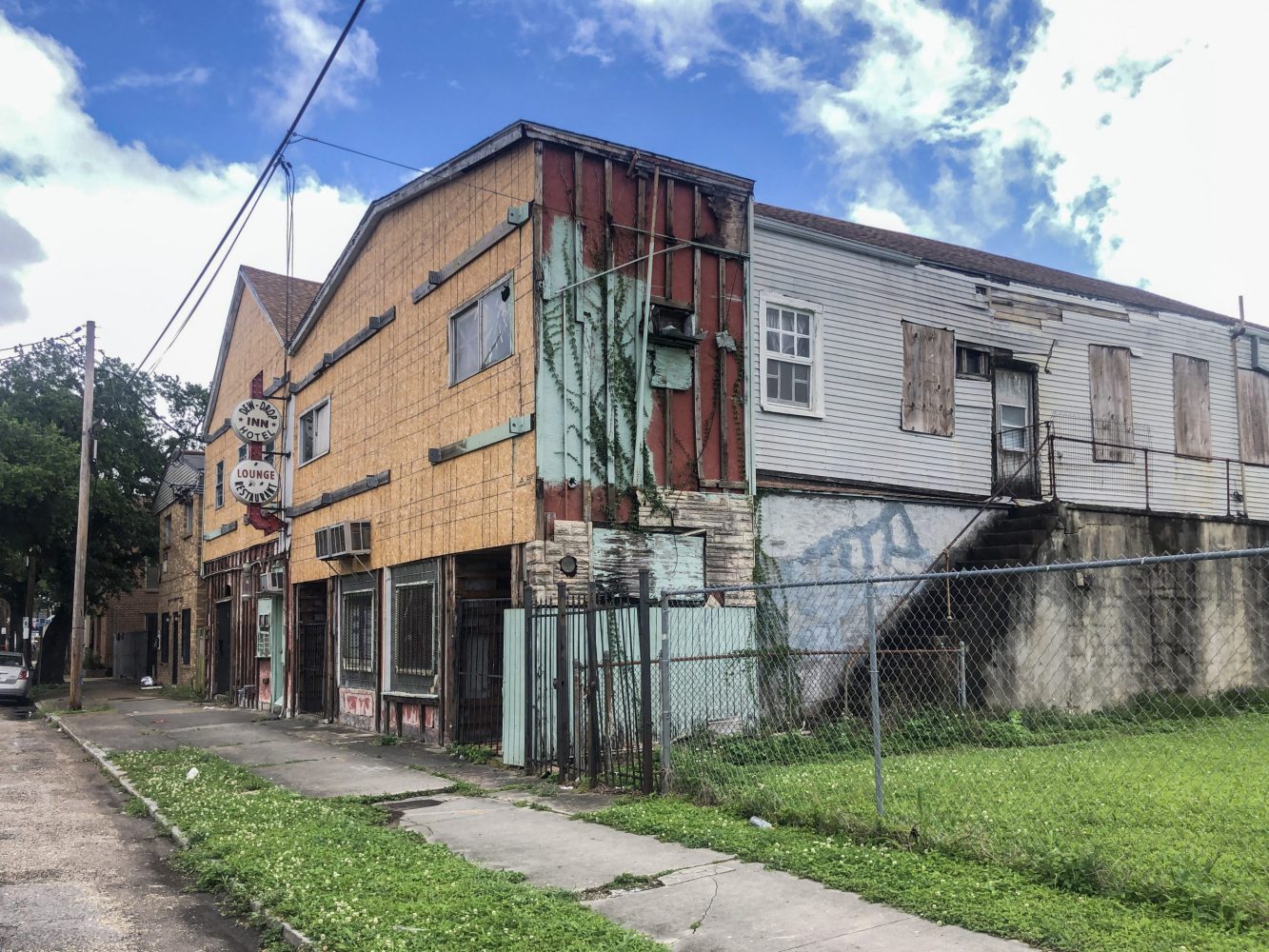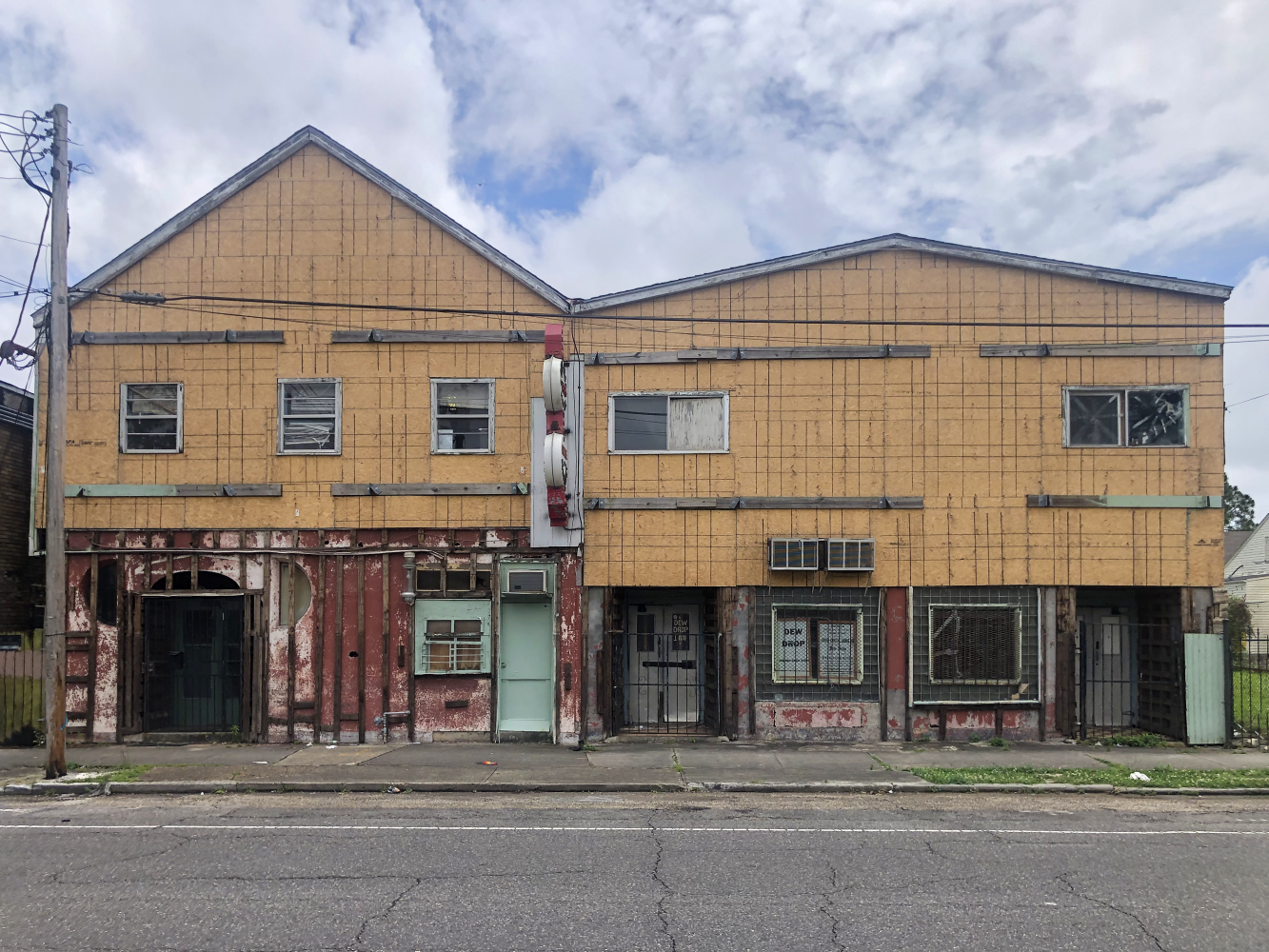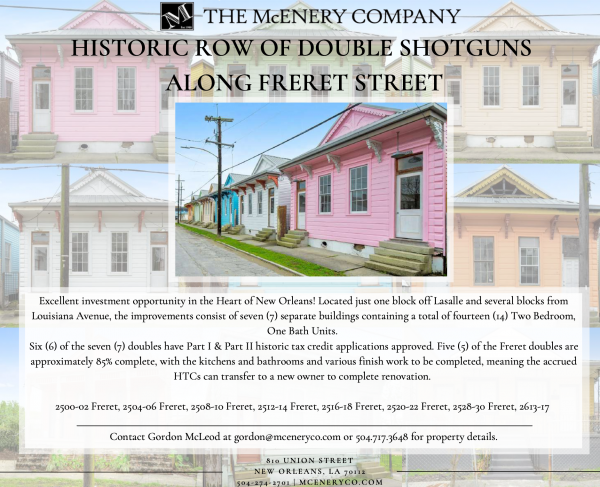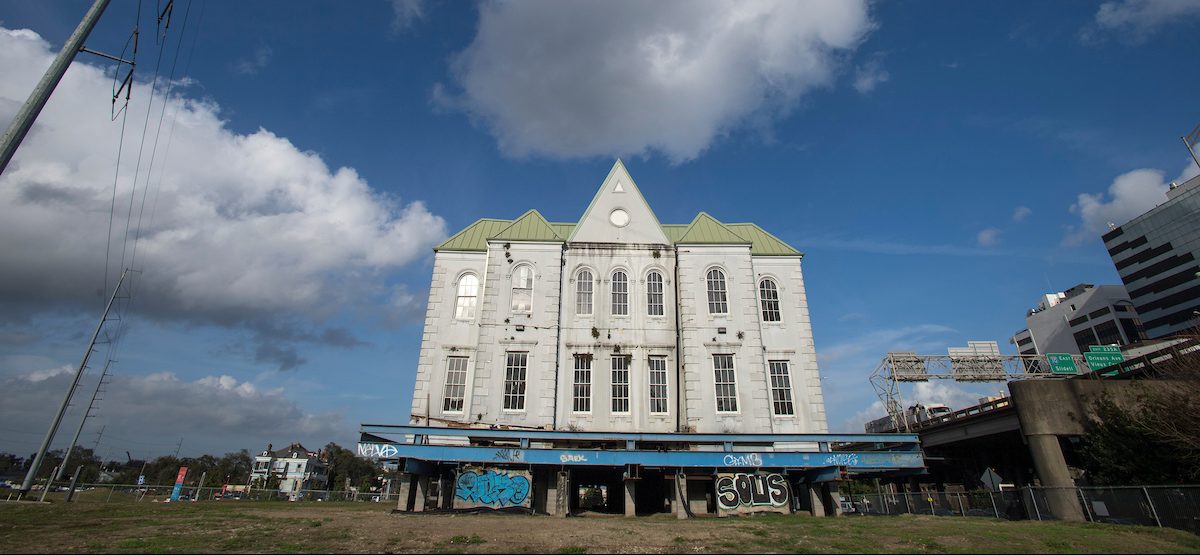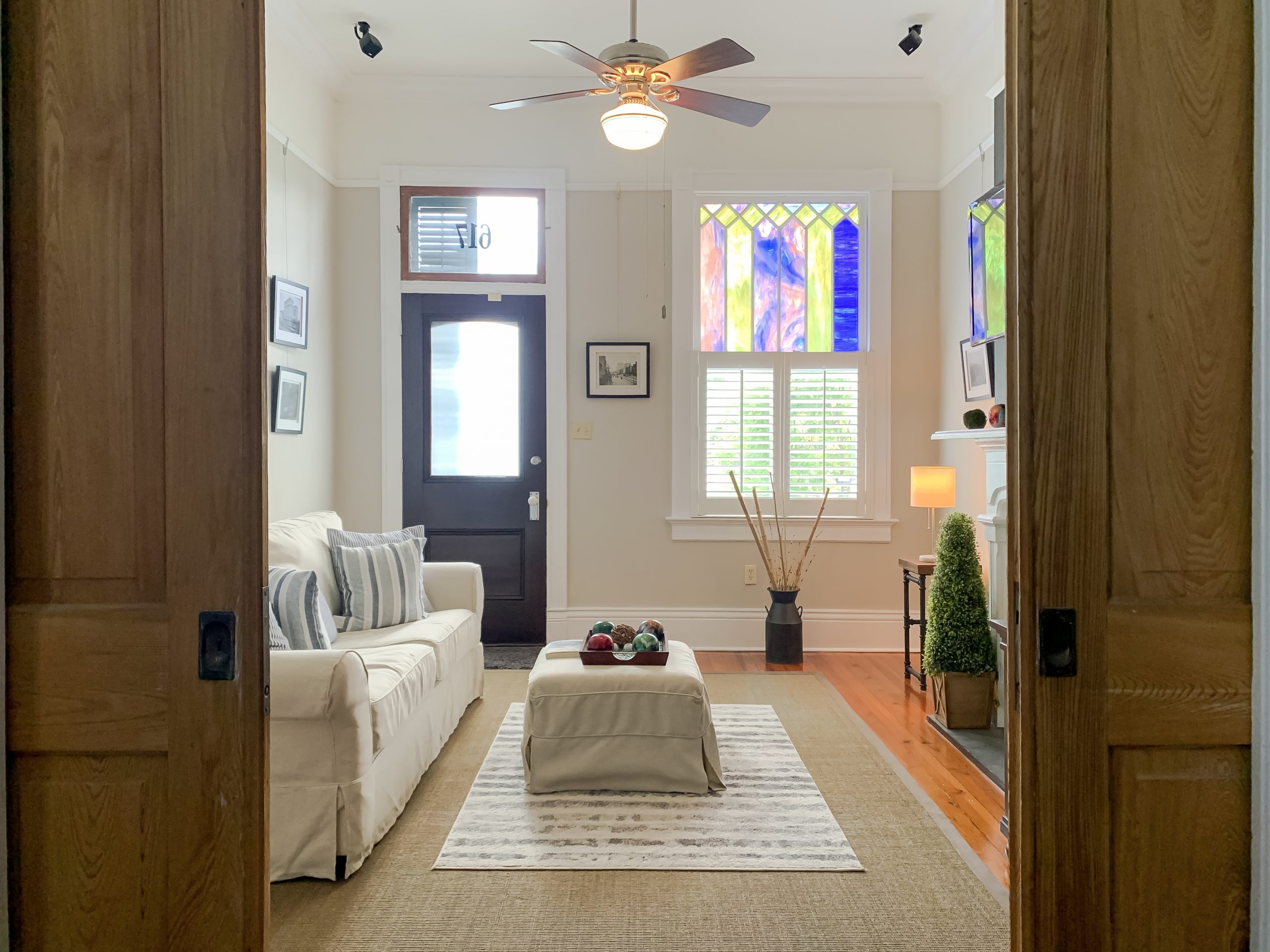This story is part of our What’s Happening series and appeared in the June issue of PRC’s Preservation in Print magazine. Interested in getting more preservation stories like this delivered to your door nine times a year? Become a member of the PRC for a subscription!
The Dew Drop Inn
ADDRESS: 2836 La Salle St. – Map it!
OWNER: Dew Drop Inn Revival LLC (Curtis Doucette)
TAX CREDIT ADVISORS: MacRostie Historic Advisors
DEVELOPMENT: This legendary music club and hotel — once New Orleans’ leading Black music venue which hosted national stars and local talent during the Jim Crow era — has sat vacant for years with a handful of revitalization attempts falling through, but its latest redevelopment plan by the site’s new owner and developer is beginning to move forward.
The New Orleans City Council unanimously approved a conditional use application in April to allow the site’s development into a hotel, live music venue, bar and retail space, according to the Uptown Messenger. No off-street parking will be required, but the council attached provisos to ensure the project includes a passenger drop-off zone, noise abatement, landscaping and other requirements.
The local developer hopes to use historic rehabilitation tax credits to power the site’s revival. The building is located in the Oretha Castle Haley Cultural District, which makes the project eligible for Louisiana’s state historic rehabilitation tax credit, but it is not yet listed on the National Register of Historic Places to qualify for the federal rehabilitation tax credit. The building also was designated a local landmark by the city’s Historic District Landmarks Commission in 2010. Specialists with MacRostie Historic Advisors have researched the site’s history and submitted a draft National Register nomination to the National Park Service. At the time of this writing, they were still awaiting feedback from NPS, but feel optimistic about its approval.
“The Dew Drop is the only venue of its kind to survive from the period of significance (1945-1965), and it has a very high level of historic significance,” said Gabrielle Begue, senior advisor at MacRostie. “We recently removed the 1968 façade to reveal the underlying 1940s façade, and much of it (luckily) is intact.”
If approved by the National Parks Service and added to the National Register, the project could require a restoration of the 1940s facade to utilize the federal rehabilitation tax credit program.
Advertisement



